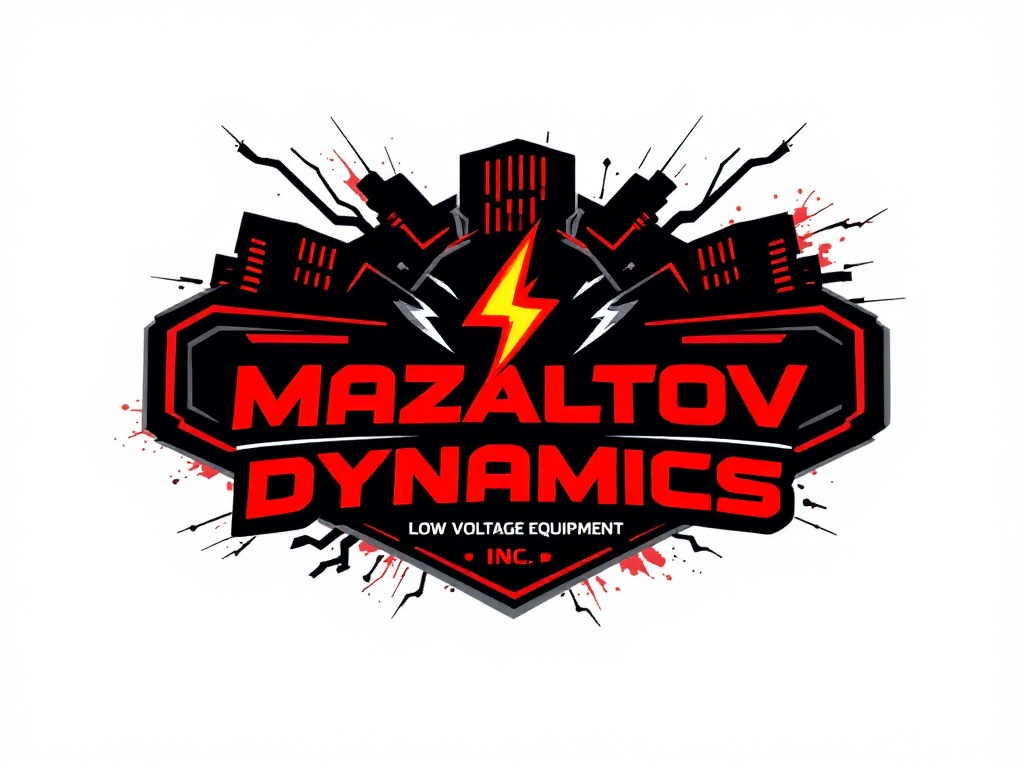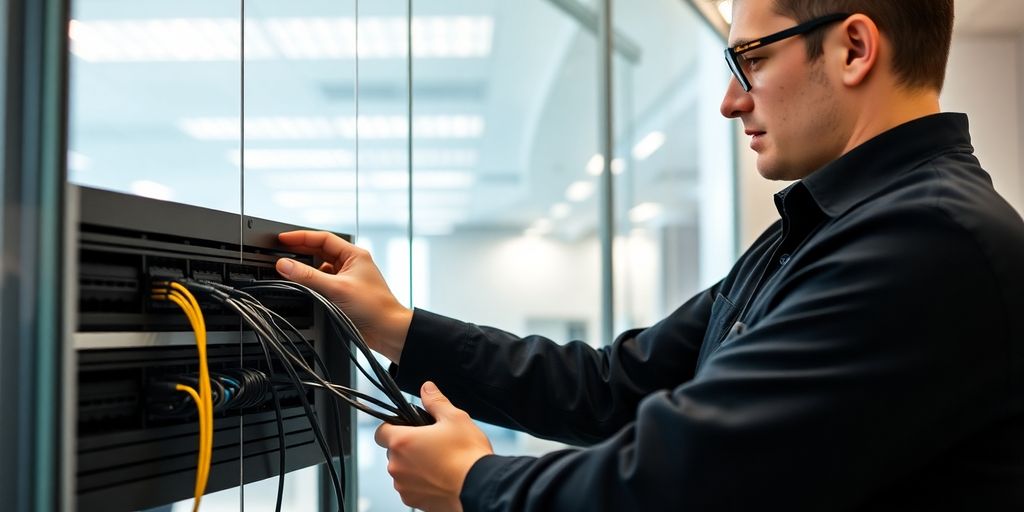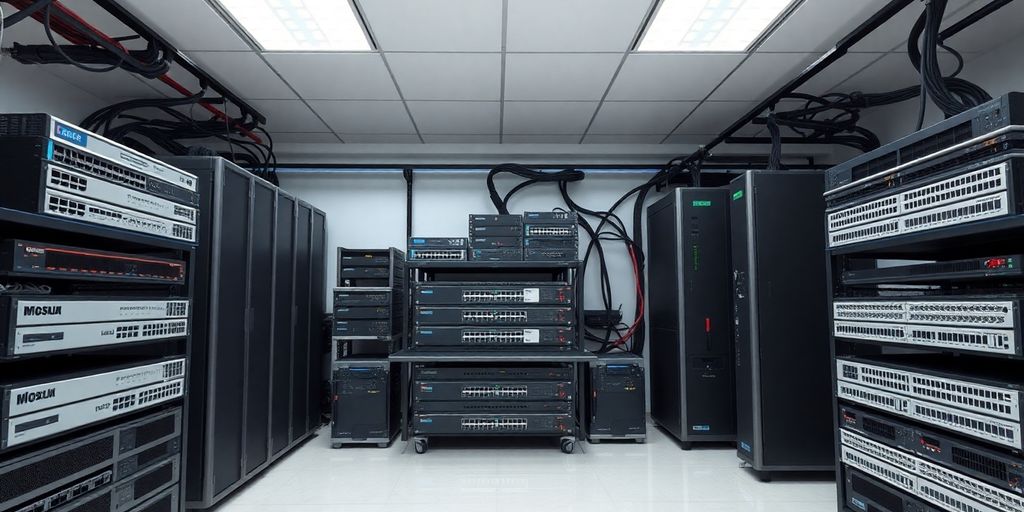Picking the right cabling services for your business is more important than you might think. It’s not just about getting wires from point A to point B. The right setup can boost your network’s speed and reliability, while the wrong one might leave you dealing with slow connections and constant headaches. Whether you’re a small business or a large corporation, understanding the basics of cabling services and what to look for can save you time and money in the long run. This guide will walk you through the essentials, helping you make informed decisions for your business’s cabling needs.
Key Takeaways
- Understand your business’s current and future cabling needs before making a choice.
- Hiring professional installers can prevent costly mistakes and ensure compliance with standards.
- Consider the environment where cables will be installed to choose the right type.
- Investing in quality cabling now can save money on future upgrades and maintenance.
- Regular maintenance and timely upgrades are critical for a reliable network.
Understanding the Basics of Cabling Services
What Are Cabling Services?
Cabling services are all about setting up the backbone of your business’s communication network. Think of it like the wiring in your house, but for data and internet. These services include installing and maintaining cables that connect computers, servers, and other devices to ensure smooth communication. Without proper cabling, even the best tech setup can fall apart.
Importance of Quality Cabling
Quality cabling isn’t just a luxury—it’s a necessity. It affects everything from data speed to network reliability. Imagine trying to stream a video or make an important video call, and everything keeps buffering or dropping. That’s often because of poor cabling. Investing in good cabling is like buying insurance for your network’s performance.
Common Types of Cabling Used in Businesses
Businesses usually rely on a few main types of cables:
- Twisted Pair Cables (Cat5e, Cat6, Cat6a): These are the workhorses for most offices, providing reliable connections for everyday tasks.
- Fiber Optic Cables: If speed is what you need, fiber optic is the way to go. They’re perfect for high-data environments like data centers.
- Coaxial Cables: Often used for internet and cable TV, these can also handle some networking tasks.
When choosing cables, consider your current needs and future growth. The right choice can save you headaches down the line.
For more detailed insights on structured cabling and fiber optic solutions, check out this comprehensive guide on data center fiber cabling.
Key Factors to Consider When Choosing Cabling Services

Assessing Your Business Needs
When you’re picking out cabling services, the first thing to think about is what your business really needs. Are you a small startup planning to grow, or a big company looking to upgrade? This can affect the type of cables you choose, like whether you need something basic or more advanced. Consider not just the number of devices you have now, but how many you might add in the future. Also, think about the kind of data you’ll be transferring. Is it just emails and browsing, or do you need to handle large files and video calls?
Evaluating Future Scalability
Planning for the future is key. You want a network that can grow with your business. This means choosing cables that can handle more speed and bandwidth as you expand. Opt for higher category cables like Cat 6A or even fiber optics if you expect to need more capacity down the line. This way, you won’t have to redo your whole setup in a couple of years.
Considering Environmental Factors
Don’t forget about the environment where your cables will be installed. Things like temperature, humidity, and electromagnetic interference (EMI) can really mess with your cabling. If your office is in an area with lots of electrical equipment, you might need shielded cables to prevent interference. For places with high humidity or outdoor installations, make sure the cables have proper protection to withstand these conditions.
Remember, choosing the right cabling now can save you headaches later. It’s like setting a strong foundation for your company’s technology needs.
By focusing on these key factors, you can make a smart choice that supports your business both now and in the future. For more on choosing the right structured cabling infrastructure, consider the specific needs and growth plans of your business.
The Role of Professional Installation in Cabling Services

Benefits of Hiring Qualified Technicians
Hiring professional technicians for your cabling needs is a smart move. They bring a wealth of knowledge and experience, ensuring that your network is set up correctly the first time. This saves you from potential headaches and costly repairs down the line. Professionals have access to the latest tools and equipment that guarantee high-quality installations. They can certify the installation, troubleshoot issues, and make sure everything is running smoothly from day one. By working with experts, you minimize the risk of common mistakes like improper wiring or using the wrong type of cable.
Ensuring Compliance with Industry Standards
Qualified technicians are well-versed in industry standards and safety protocols, which means your cabling will comply with all necessary regulations. This reduces risks associated with fire hazards, electrical issues, and data transmission problems. Professionals understand best practices for cable placement, grounding, and signal routing, ensuring optimal performance and minimal interference.
Avoiding Common Installation Mistakes
Attempting to install cabling on your own or hiring unqualified installers can lead to a range of issues. Poor connections, signal loss, and slow network speeds are just the beginning. Qualified technicians understand the complexities of data cabling installation and can ensure everything is properly connected and functioning before going live. They handle end-to-end testing and certification, providing peace of mind that your network is reliable and efficient.
Investing in professional installation might seem like an upfront expense, but it ultimately saves money by preventing unnecessary repairs and network failures in the future.
By choosing a trusted service like Cable Installation Services, you ensure reliable and efficient installations, whether you need ethernet, fiber, or coax cables. Their expertise in hardware mounting solutions further guarantees a robust setup that supports your business’s growing needs.
Future-Proofing Your Business with the Right Cabling
Understanding Technological Advancements
Technology is moving fast, and your cabling needs to keep up. As businesses adopt new tech like IoT, AI, and 5G, the demand for faster data speeds and more bandwidth grows. Investing in scalable cabling now can save you from expensive upgrades later. Fiber optic cables, for example, offer incredible scalability and can handle emerging technologies without frequent changes.
Choosing Scalable Cabling Solutions
When thinking about future-proofing, it’s smart to choose cables that can handle future demands. Here’s a quick look at some options:
- Cat 6A Cables: Good for high-speed needs and can support up to 10 Gbps, making them a solid choice for businesses planning to grow.
- Fiber Optic Cables: Ideal for long-distance communication and high data transfer rates.
- Shielded Twisted Pair (STP) Cables: Great for environments with high electrical interference.
Planning for Long-Term Growth
Think about where your business will be in 5 to 10 years. Even if you’re not using cutting-edge applications now, your network might need to evolve. Planning for growth means choosing a cabling system that supports expansion without needing a complete overhaul. Structured cabling can be a reliable foundation for this.
Future-proofing isn’t just about today’s needs. It’s about anticipating tomorrow’s challenges and opportunities. By investing in the right cabling now, you’re setting up your business for success down the road.
For a solid foundation that supports growth and innovation, consider structured cabling to ensure your network is both reliable and adaptable.
Cost Considerations for Cabling Services
When it comes to setting up cabling for your business, cost is a big factor. But it’s not just about the upfront price tag. Let’s dive into what you should really be looking at.
Understanding Total Cost of Ownership
Sure, you might find a cabling solution that seems cheap right off the bat, but what’s the real cost over time? Total Cost of Ownership (TCO) includes everything from installation to maintenance and potential upgrades. For instance, professional CAT6 cabling installation in new constructions might cost between $2,500 and $4,500. This range can vary depending on the complexity and specific site needs. While fiber optics might have a higher initial cost, they often save money in the long run with faster speeds and less maintenance.
Balancing Cost with Quality
It’s tempting to go for the least expensive option, but remember, cheaper isn’t always better. Lower-cost cables might need frequent replacements or lead to higher energy use. Consider the quality and durability of the cables. Here’s a quick list to keep in mind:
- Durability: Will the cables last, or are they prone to wear and tear?
- Performance: Can they handle the data speed and bandwidth your business needs?
- Compatibility: Are they compatible with your current and future tech?
Long-Term Savings with the Right Cabling
Investing in the right cabling now can save you a ton down the road. Think about how often you’ll need to upgrade or replace the cables. High-quality cables might cost more initially, but they reduce the need for frequent changes and can handle future tech advancements.
Choosing the right cabling isn’t just about today; it’s about setting your business up for success tomorrow. By considering the total cost of ownership, quality, and long-term savings, you can make a smart investment that pays off in the long run.
Maintaining and Upgrading Your Cabling Infrastructure
Importance of Regular Maintenance
Keeping your cabling infrastructure in top shape is like maintaining a car; regular check-ups are key. Ignoring this can lead to unexpected network hiccups that could disrupt your business operations. Routine inspections help catch small issues before they snowball into major problems. Consider scheduling periodic tests and updates to ensure everything runs smoothly. A well-maintained system not only supports current demands but also extends the lifespan of your network.
Signs It’s Time for an Upgrade
Sometimes, your cabling system just can’t keep up anymore. Here are some signs it might be time for an upgrade:
- Frequent network interruptions or slowdowns that impact productivity.
- Outdated technology that can’t support new applications or devices.
- Increased maintenance costs due to aging infrastructure.
If any of these sound familiar, it might be time to rethink your setup.
Working with Professionals for Upgrades
When it comes to upgrading, don’t go it alone. Structured cabling installation can revolutionize your business networking by streamlining operations and boosting efficiency. Professionals bring expertise to the table, ensuring that your cabling is up to standard and future-ready. They can also help with planning and executing the upgrade, minimizing downtime and disruptions. A professional touch not only guarantees quality but also peace of mind, knowing your network is in capable hands.
Regular maintenance and timely upgrades are crucial to keeping your business network robust and reliable. Investing in professional services ensures that your infrastructure is always one step ahead, ready to meet the evolving demands of your business.
Avoiding Common Pitfalls in Cabling Services
Overlooking Future Needs
A common mistake businesses make is focusing only on their current needs without considering future growth. As your business expands, so will your network’s demands for speed, bandwidth, and device connectivity. Opting for basic, low-category cables like Cat 5e might suffice today, but they can quickly become inadequate as your business grows. Investing in cables that support higher speeds and bandwidth, such as Cat 6A or fiber optic cables, can save you from a complete overhaul in the near future.
Ignoring Environmental Impact
The physical environment where cables are installed significantly influences the choice of cabling. Factors like temperature, humidity, electromagnetic interference (EMI), and potential physical damage can all affect cabling performance. For instance, installing unshielded cables in an industrial setting with heavy machinery or near power lines can lead to signal interference and poor network performance. Consider the environmental conditions of your workspace. If you’re operating in a high-interference area, you might opt for shielded twisted pair cables (STP) or fiber optic cables, which are not susceptible to EMI.
Choosing the Wrong Type of Cable
Not all data cabling types fit every environment or office layout. Fiber optic cables are excellent for long-distance runs but might be overkill for a small office where cables only run short distances. Conversely, twisted pair cables like Cat 5e or Cat 6 are cost-effective for smaller spaces but may not meet the demands of large-scale networks. Evaluate your office layout and network topology before choosing a cable type. For longer distances between floors or buildings, fiber optic cables are preferable. For shorter, in-building connections, twisted pair cables like Cat 6 or Cat 6A are often more cost-effective.
Conclusion
Alright, so there you have it. Picking the right cabling service for your business isn’t just about grabbing the cheapest option off the shelf. It’s about thinking ahead, considering what your business needs now and what it might need in the future. Sure, it might seem like a lot to take in, but getting it right can save you a ton of headaches down the line. Remember, investing in quality cabling now can mean fewer problems and costs later. So, take your time, do your homework, and maybe even chat with a pro to make sure you’re making the best choice for your business. Good luck!
Frequently Asked Questions
What are cabling services?
Cabling services involve setting up the wires and connections needed for devices to communicate in a network. This includes everything from phone lines to internet connections.
Why is good cabling important for businesses?
Good cabling ensures that your business’s communication and data transfer are fast and reliable, preventing downtime and keeping everything running smoothly.
What types of cabling are commonly used in businesses?
Businesses often use twisted pair cables like Cat 5e or Cat 6, fiber optic cables, and coaxial cables, depending on their specific needs and the size of their network.
How can I choose the right cabling service for my business?
Consider your current needs and future growth, the environment where the cables will be installed, and the quality of the cables. Hiring a professional installer can also make a big difference.
What does it mean to future-proof my business cabling?
Future-proofing means choosing cables and systems that can handle future technology advancements, so you don’t need to replace everything as your business grows or technology changes.
Why should I hire a professional for cabling installation?
Professionals have the expertise to install cabling correctly and safely. They ensure compliance with standards and help avoid problems that could cause network failures.



